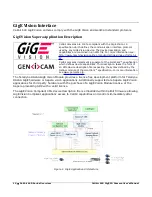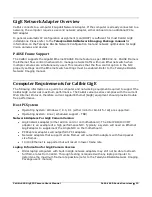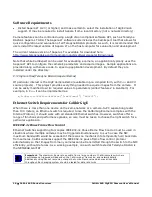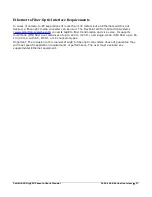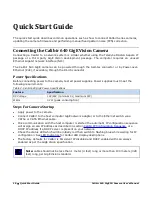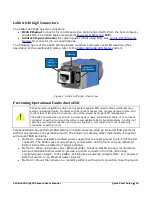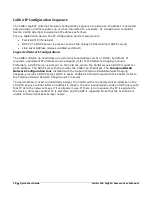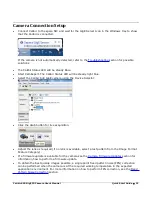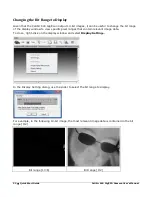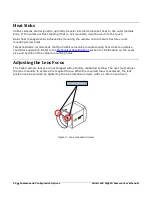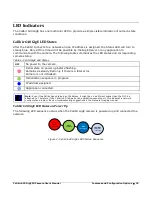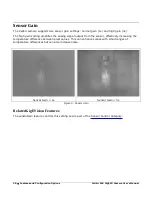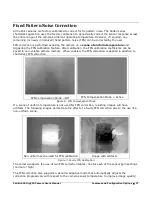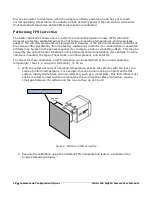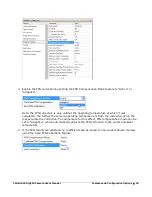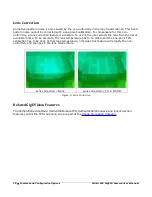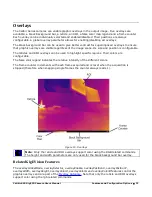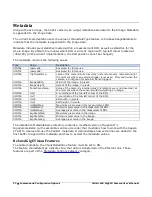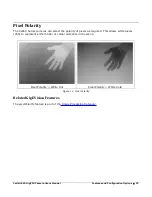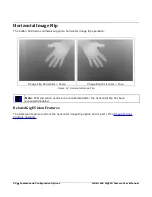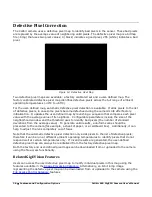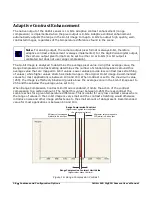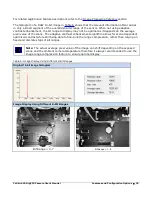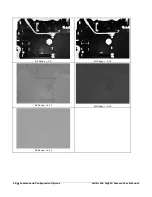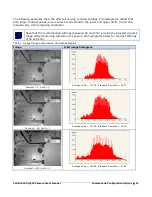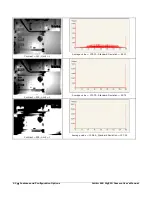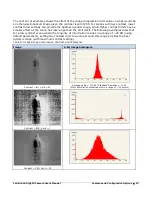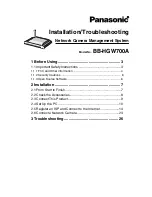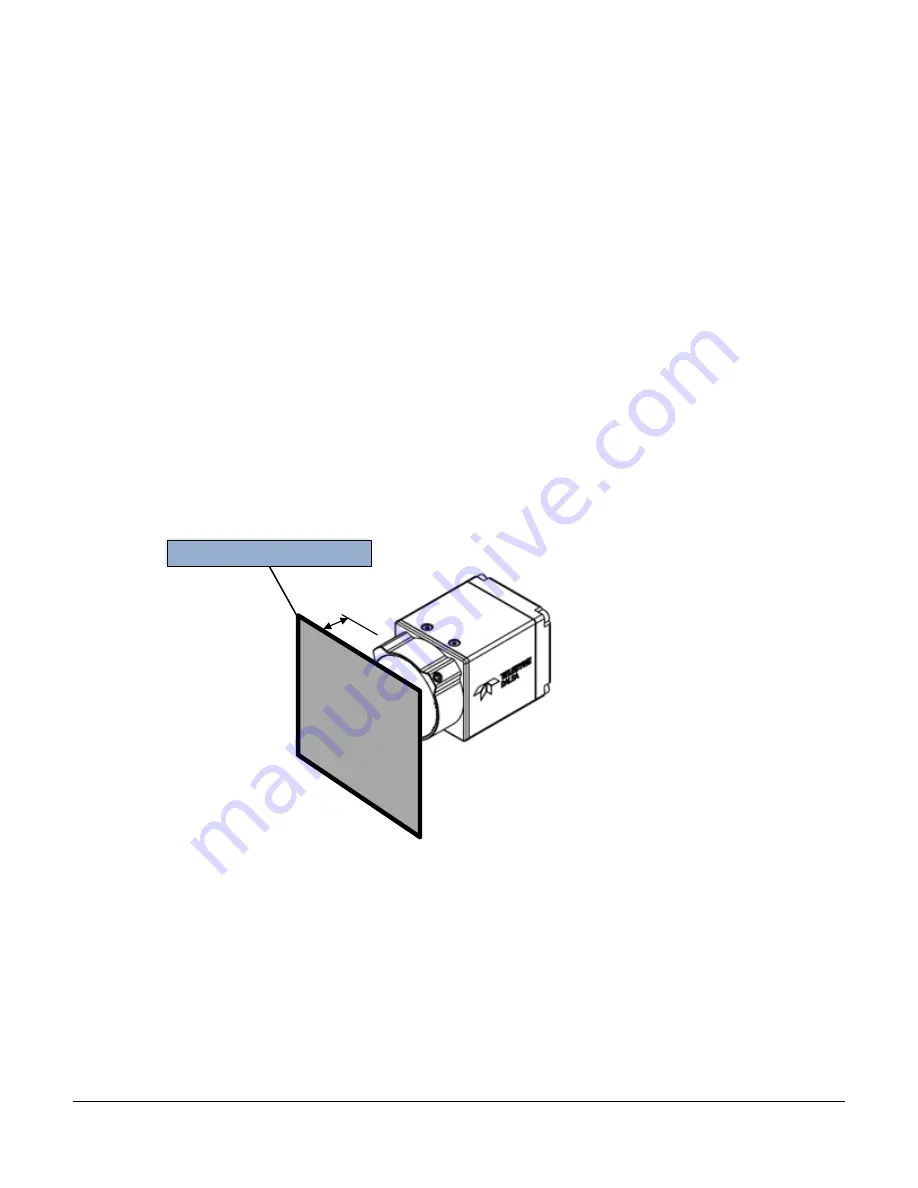
28
•
Features and Configuration Options
Calibir 640 GigE IR Camera User's Manual
this can be useful, for example, when the camera is initially powered on and has yet to reach
normal operating temperature. The adaptive mode performs better if the camera has reached its
final operating temperature before FPN compensation is calibrated.
Performing FPN Correction
The Calibir 640 Series allows users to perform a manual fixed pattern noise (FPN) correction.
Cameras are factory calibrated across the full range of operating temperatures and dynamically
adapt to the current camera ambient temperature. However, if the thermomechanical conditions of
the camera differ significantly from the factory calibration conditions, non-uniformities or unwanted
artifacts may be seen in the sensor response (for example, a halo or vignetting effect). This may be
caused by the environmental conditions or the particular camera installation (for example, how the
camera is mounted, the type of heat sinks, or airflows present, and so forth).
To correct for these anomalies, an FPN correction can be performed at the current operating
temperature ( that is, a one-point correction). To do so:
1.
With the camera at current operating temperature, expose the camera (with the lens) to a
scene of uniform temperature. For example, this can be done using an object with a flat
surface, ideally matte black and non-reflective, such as a metal plate. This flat surface must
not be in direct contact with the camera lens to avoid heat transfer or reflection; leave a
small gap between the surface and the lens so they do not touch.
Flat surface with uniform temperature
Gap from
lens
Figure 8: Performing FPN Correction
2.
Execute the calibration using the Calibrate FPN Compensation feature, available in the
Image Processing category:

